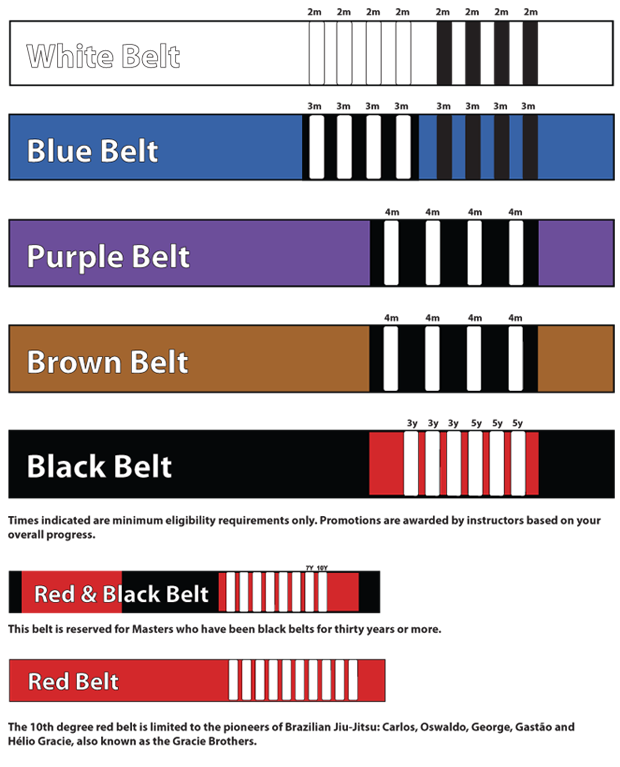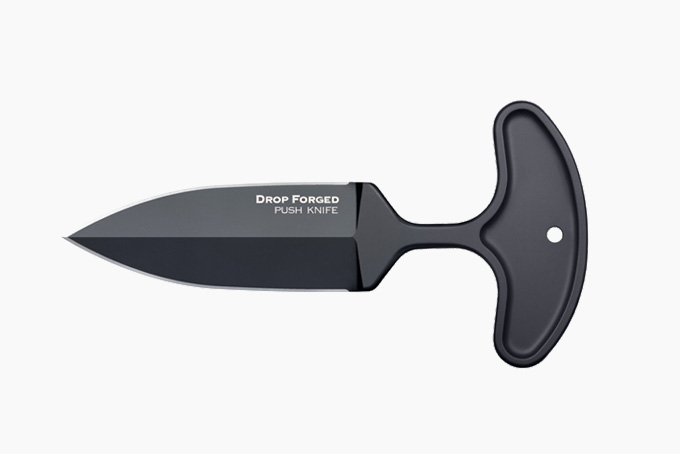
Among many laws in military law is the SROE which outlines the principle that military self defense can be extended to unit self defense. The concept self defense is mentioned in the ICRC Commentary on Additional Protocols. You can read our articles to learn more about the legality and legality for military self defense. We will cover the basics as well as answer common questions. Also, see what are the limitations of military self defense. You'll then be prepared to defend yourself.
SROE defines self defense as an extension to unit self-defense
The SROE (or standard rules of engagement) defines military or national self defense as an extension to unit-based self defence. The purpose of the SROE was to provide guidance to commanders in the exercise of national self-defense outside of armed conflict, but the concept of national self-defense has been confused with the concept of individual self-defense under criminal law. This shift occurred when the US entered multiple non-international wars. This left the US military with unclear and sometimes conflicting self-defense options.
A person displaying hostile intent is considered a threat under the SROE. However, a threat does not have to be immediate or even imminent in order to trigger self-defense. Unlike criminal legislation, the SROE uses a set of common definitions to define national, unit, and personal self-defense. The SROE also identifies the triggering threat as a hostile act or demonstration of hostile intent.

ICRC Commentary on the Additional Protocols mentions self defense
According to the ICRC Commentary to the Additional Protocol, a person engaged in hostilities must treat all civilians in its custody with humane treatment, including the treatment of wounded. The article forbids the use or threat of force against civilians. Hostages and prisoners of war must be treated according to the same standards. Additionally, it stipulates that civilian attacks must be proportionate. This means that collateral damage or incidental injuries must not exceed any expected concrete and direct military benefit. Furthermore, targets must be reasonable in assuming civilian safety and security.
Articles in the Additional Protocols include provisions for civilian protection in a broader context. These provisions cover structures such as bridges and power plants, chemical factories, fuel storage depots, and chemical factories. Some of these structures could be civilian-protected. Others may not. A civilian-protected construction may be considered a civil-defense measure, despite that the ICRC Commentary to Additional Protocols does NOT mention its use in this context.
ICRC Commentary
The ICRC has just issued an Interpretive Guidance on military self defense that would turn the nature of a cross-border conflict on whether or not the territorial state "consents" to the use of force. But, the Commentary also highlights a flaw. It is not legally binding. State practices and agreements are the only way to create binding laws. This Interpretive Guidance was created by the tireless efforts and expertise of the ICRC. It is a normative paradigm that sets out how to approach such situations.

Although the ICRC was initially of the opinion that an armed attack on civilians on the territory of a state does not necessarily constitute an act of war, the new Commentary concludes that the 1958 interpretation was too restrictive. Although the IAC does NOT require that a country intervene in conflict, it does permit it to use military force against civilians. However, the ICRC believes an armed conflict is one in which one state uses force against the other. Therefore, armed force is required to protect civilians.
FAQ
How does weightlifting help you lose fat more quickly?
Weight lifting does burn fat faster, but only if you combine it with cardio workouts.
It is important to do weightlifting right after cardio exercise in order to reap the full benefits.
When done correctly, weightlifting increases your heart rate and oxygen consumption which helps you lose weight.
If you don't mix it with cardio, your body won't notice significant changes.
How To Get Rid Of Belly Fat Fast?
There are many fast ways to lose belly fat. One option is to eat less calories and drink more water.
Running and swimming are two other ways to boost your metabolism.
Avoid sitting down if your goal is to lose belly fat quickly. Stand up more often throughout the day. This will help to burn more calories.
If you've tried all the methods and are still struggling with belly fat, there's another option.
This requires a belt. The belt is designed to fit around your waist while you are sitting down.
You will feel more comfortable and be able to move around. This will make you lose more calories and help you reduce your belly fat.
What's the best workout for men over 40?
For older men, the best workout usually gives them more energy and improves their stamina.
It is important that you note that people over 40 experience a decrease in testosterone levels, which results in lower sex drive.
You can still exercise, however. There are many studies that show regular aerobic exercise can raise testosterone in some men.
So, if you want to improve your sexual performance, you can start with an aerobics routine.
How many calories do I need to eat each day?
This varies from person to person. On average, 2000 to 2500 calories are consumed per day. You need to determine how many calories you need based on age, gender, height, weight, activity level, and lifestyle.
Statistics
- An estimated calorie range for moderately active adult males falls between 2,200 to 2,800 calories per day, depending on age. (eatright.org)
- Are You One of the 20% of Guys (mh.co.za)
- According to the American Heart Association, blood pressure should be checked at least once every two years, beginning at age 20. (my.clevelandclinic.org)
- 10 pounds in a month is likely during a lean bulking phase, especially for beginners. (muscleandstrength.com)
- By John Thompson Take a whopping 38% off a set of PowerBlock Pros. (menshealth.com)
External Links
How To
What should I eat before going to the gym?
Losing weight requires you to consume fewer calories than what you burn in exercise. All your nutrients must be consumed.
This includes protein, carbohydrates fats, vitamins and other nutrients.
You can do this by eating smaller meals throughout your day instead of three large ones.
You might perform less well if you're too hungry while working out.
Water is better than energy drinks that contain sugar and caffeine. This keeps you hydrated and energized.
However, make sure you are consuming enough fluids. Drinking too much water could dilute the electrolytes in your system.
Your body needs electrolytes for proper functioning.
You can drink sports drinks if you don’t have access water. They can be rich in minerals like sodium, potassium or calcium.
These help replenish electrolytes lost through sweating. However, these won't replace any electrolytes that you might have lost from sweating.
You could also consider taking a multivitamin tablet if you are concerned that you might lose too much salt from exercising.
These have extra vitamin B6 that helps regulate sodium levels in your body.
You shouldn't depend on supplements if there isn't enough salt in the food or drinks you consume.
They are not subject to regulation by the Food and Drug Administration.
Some sports drinks may contain more sodium than others.
Some sports drinks may even contain artificial sweeteners or preservatives. These ingredients could cause digestive problems.
Sea salt is an option if you don't want to eat too much salt.
It contains fewer chemicals then table salt.
Sea salt is low in iodine as another mineral necessary for healthy thyroid function.